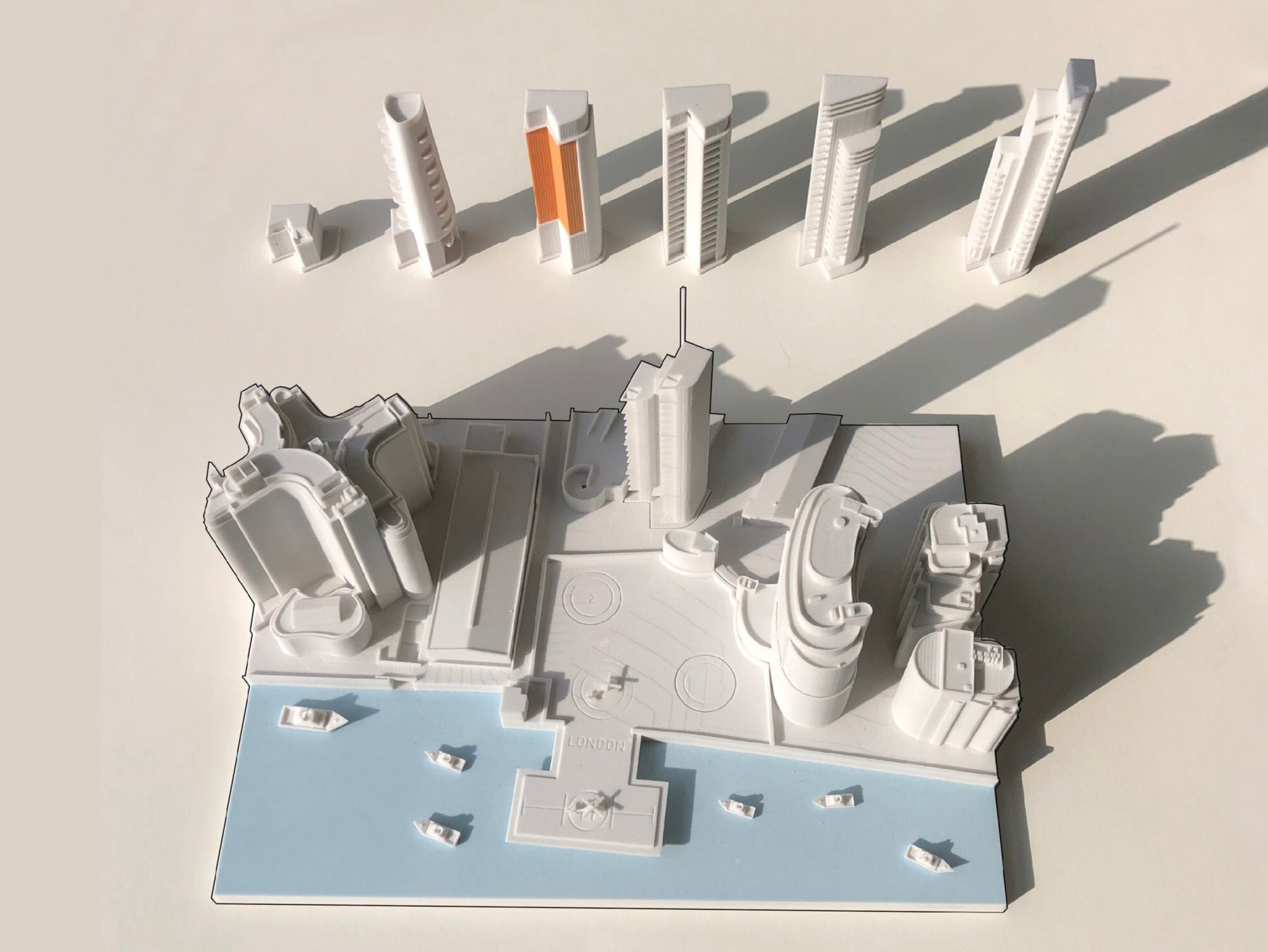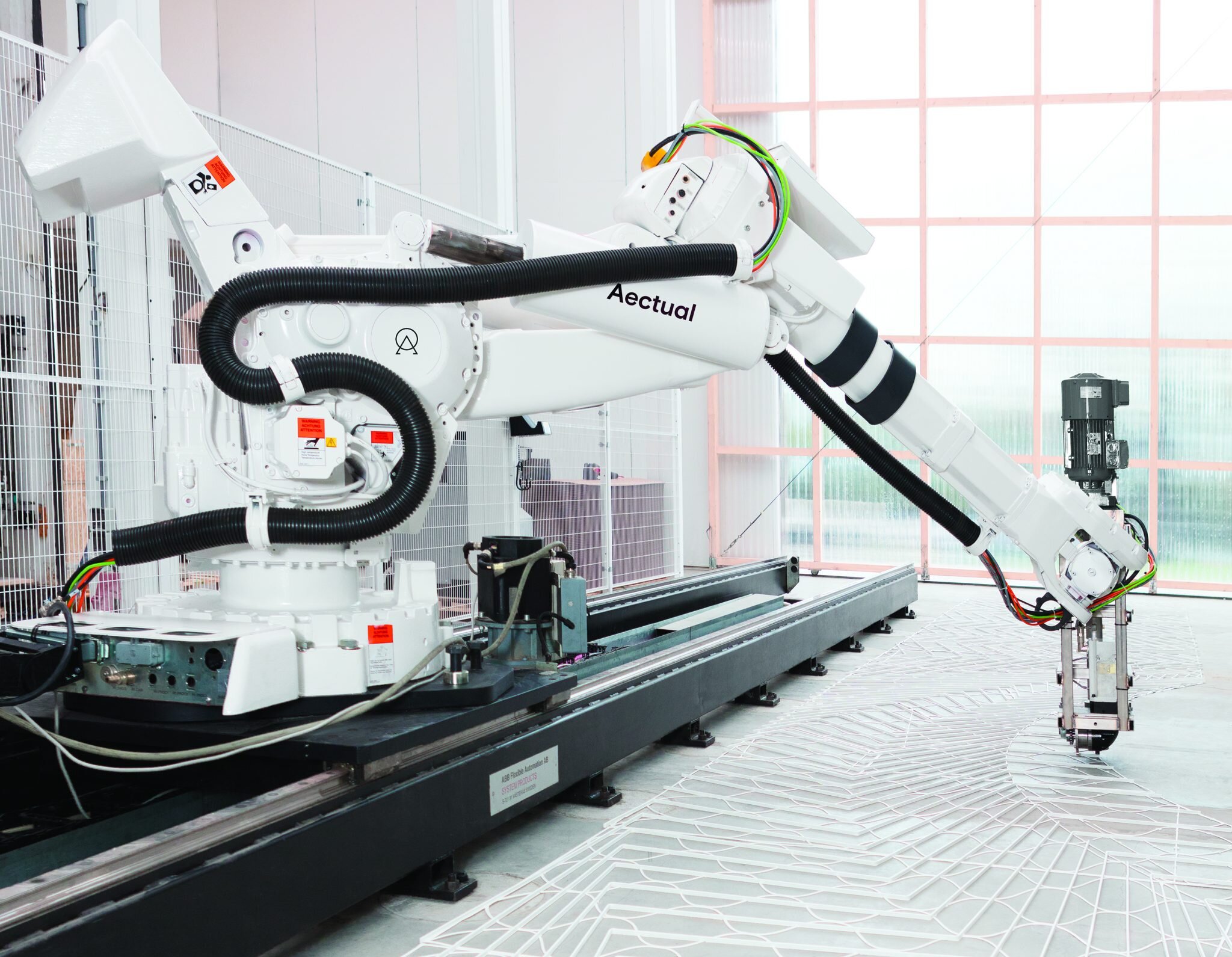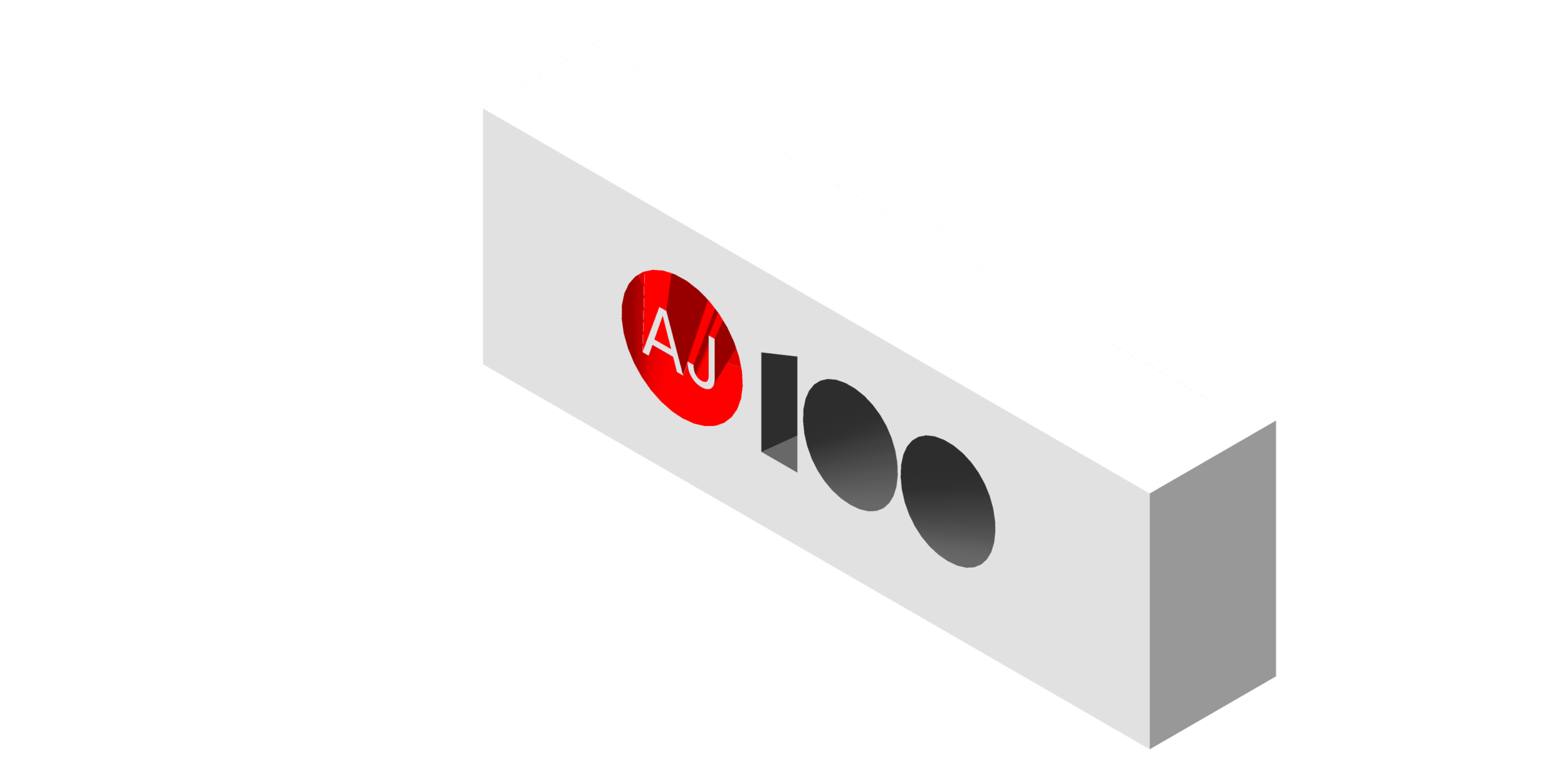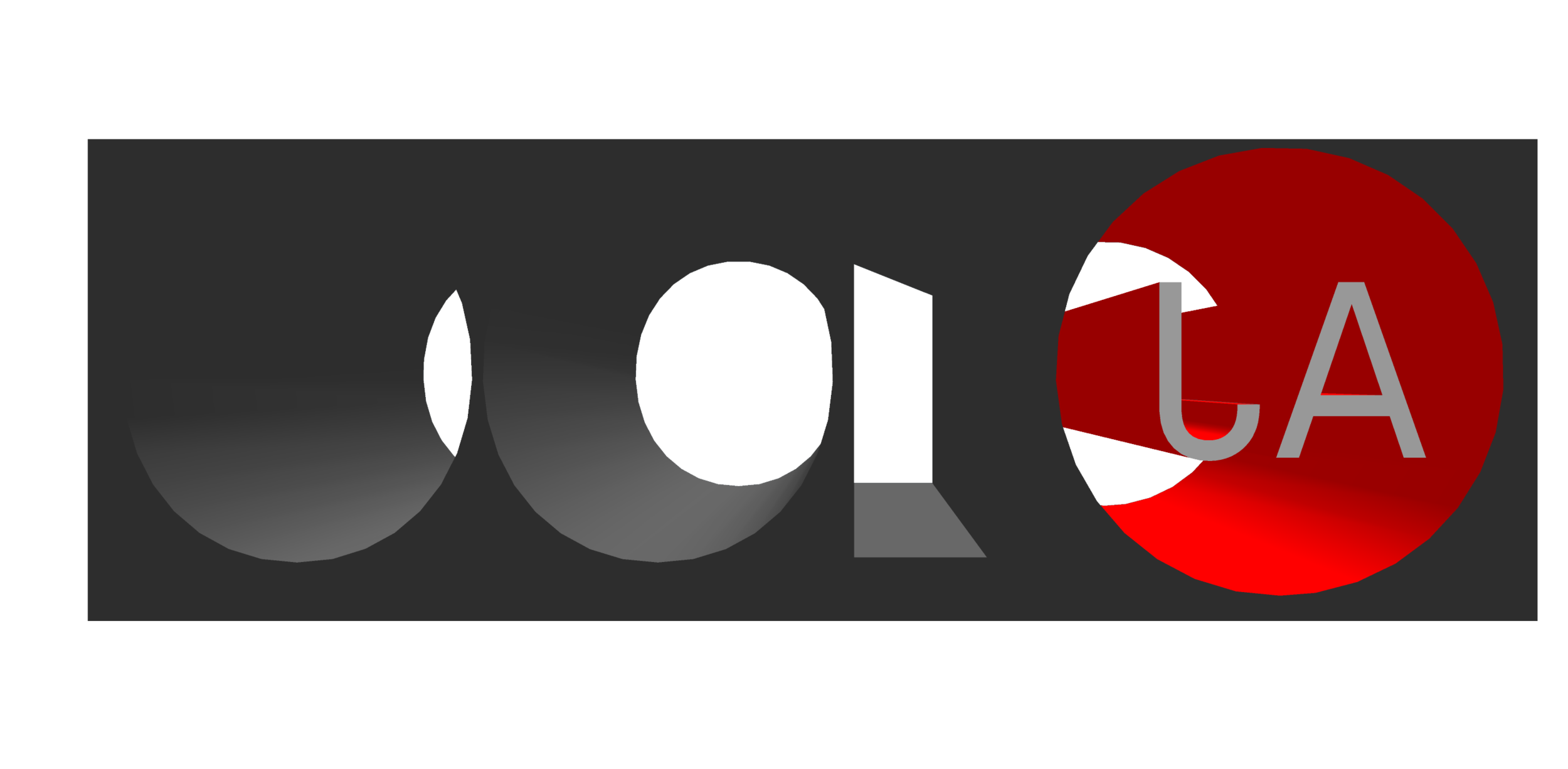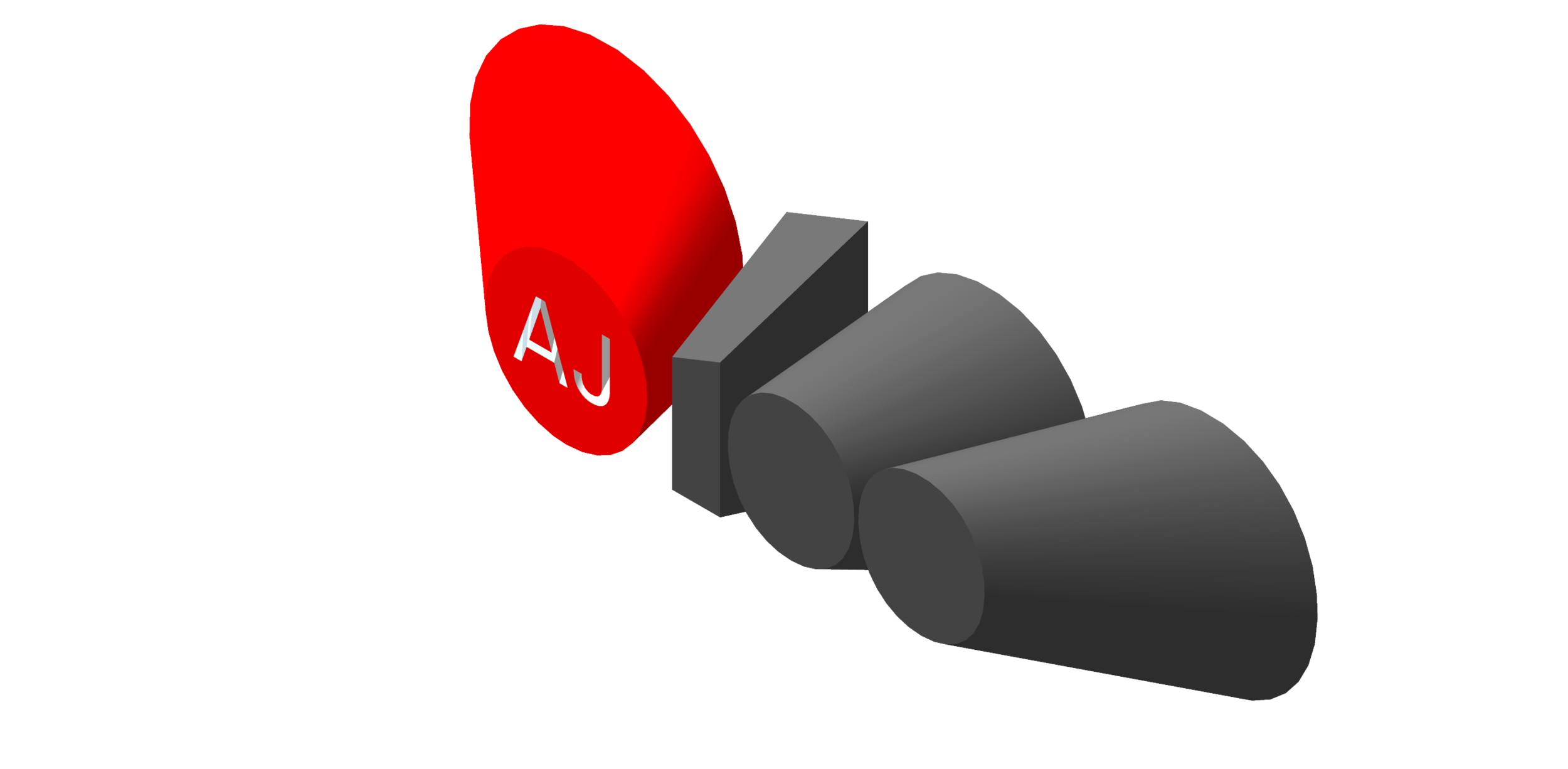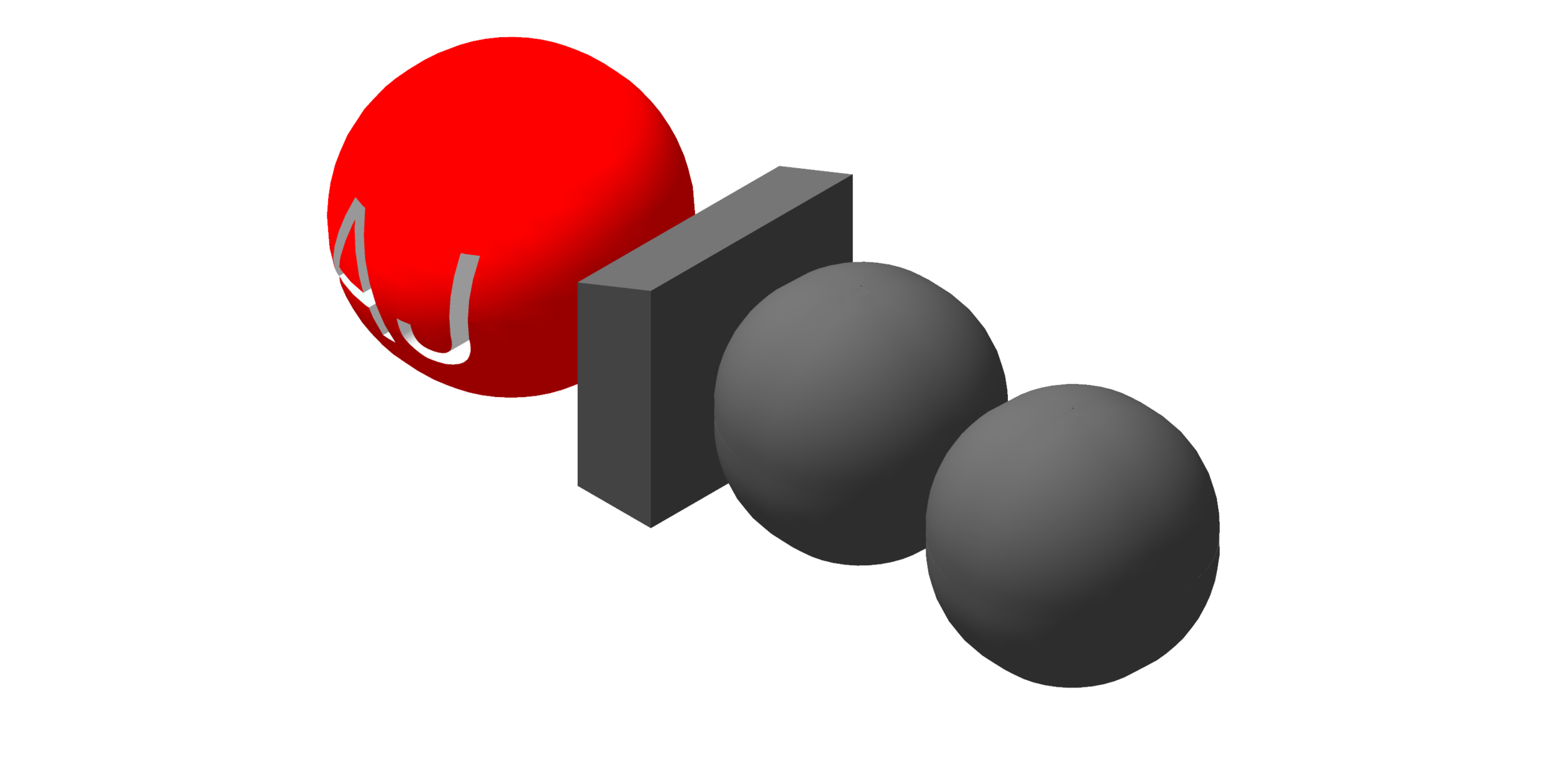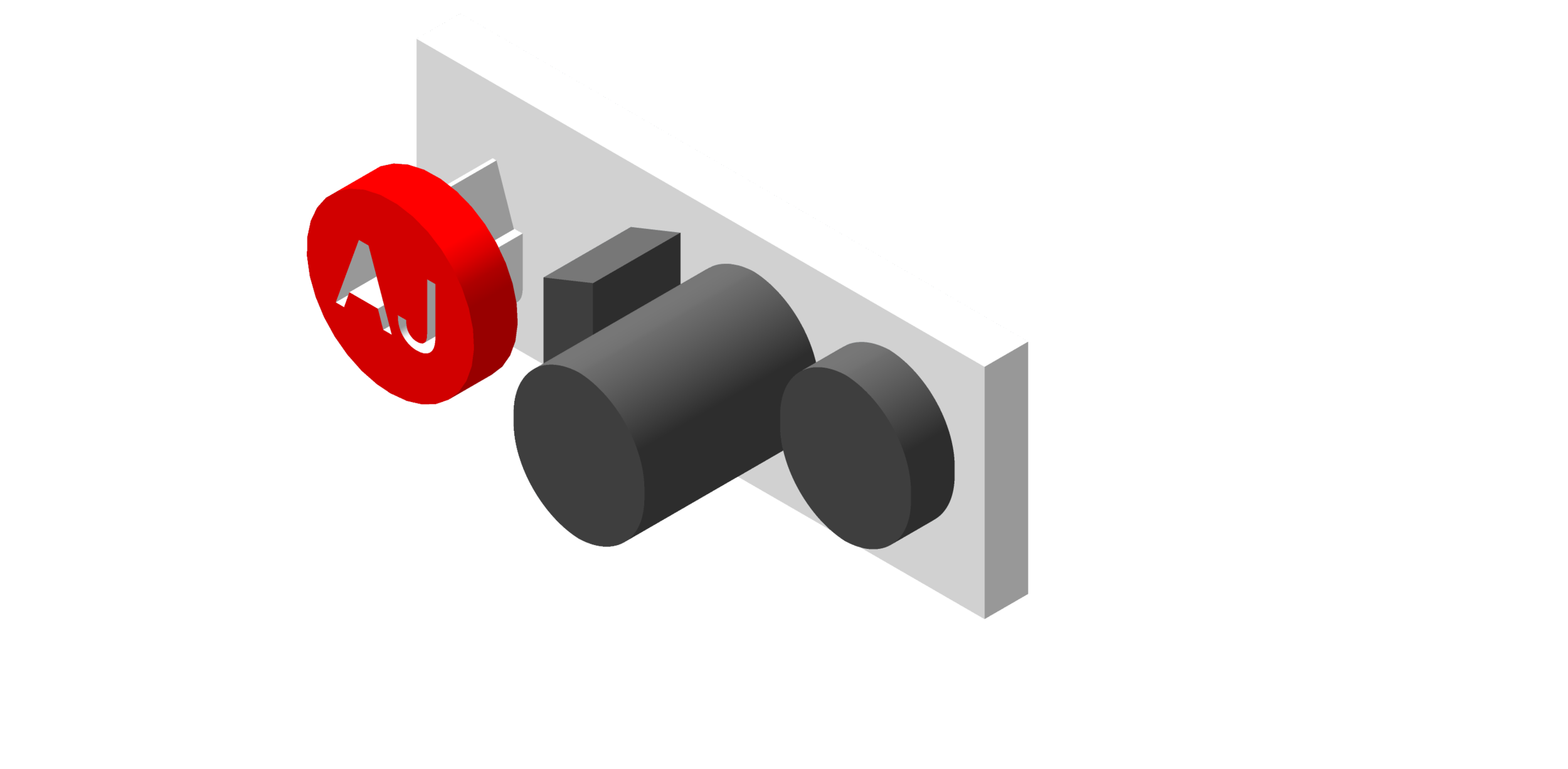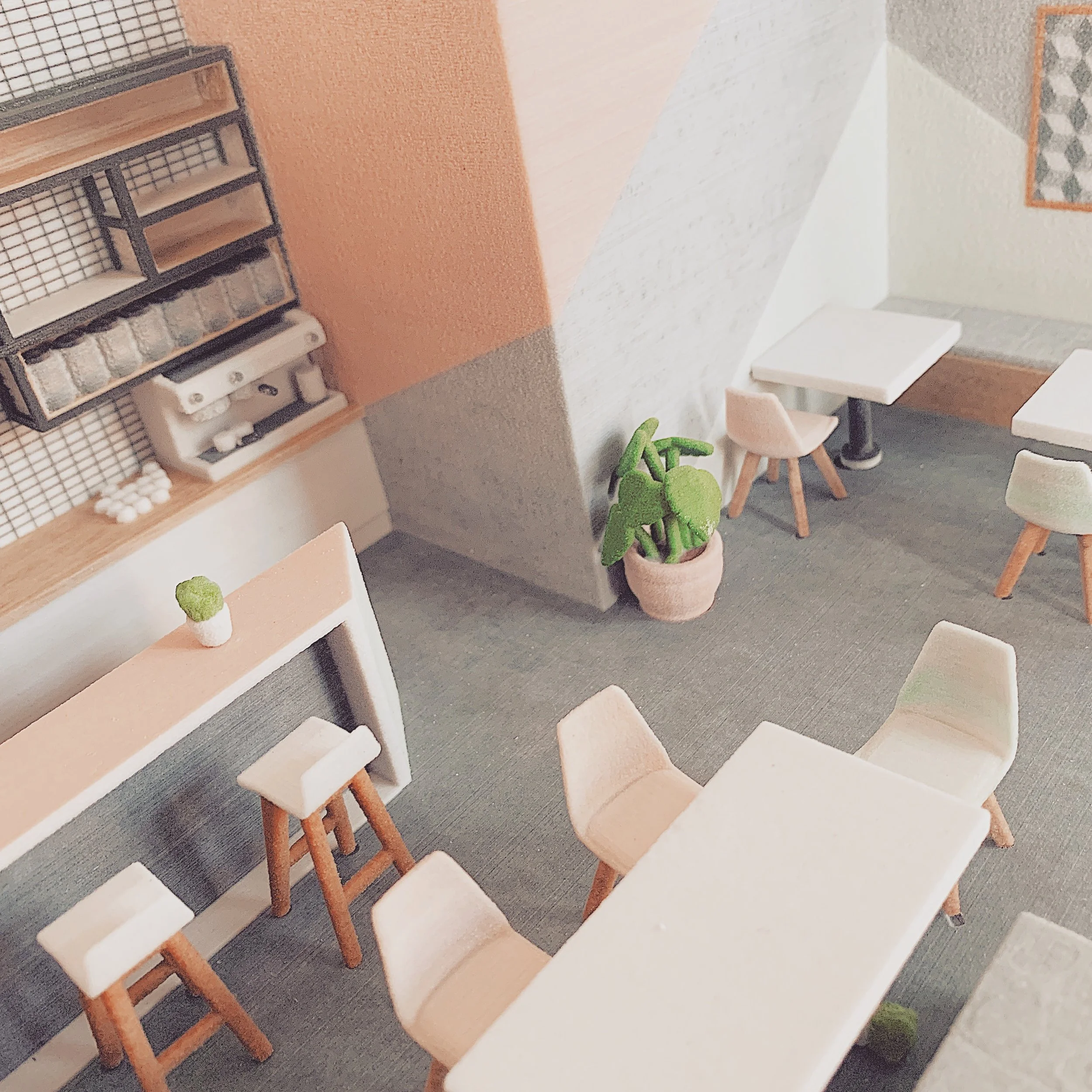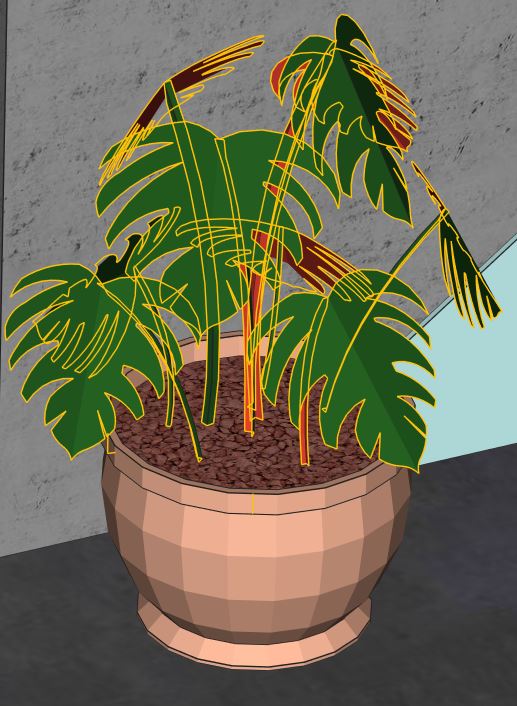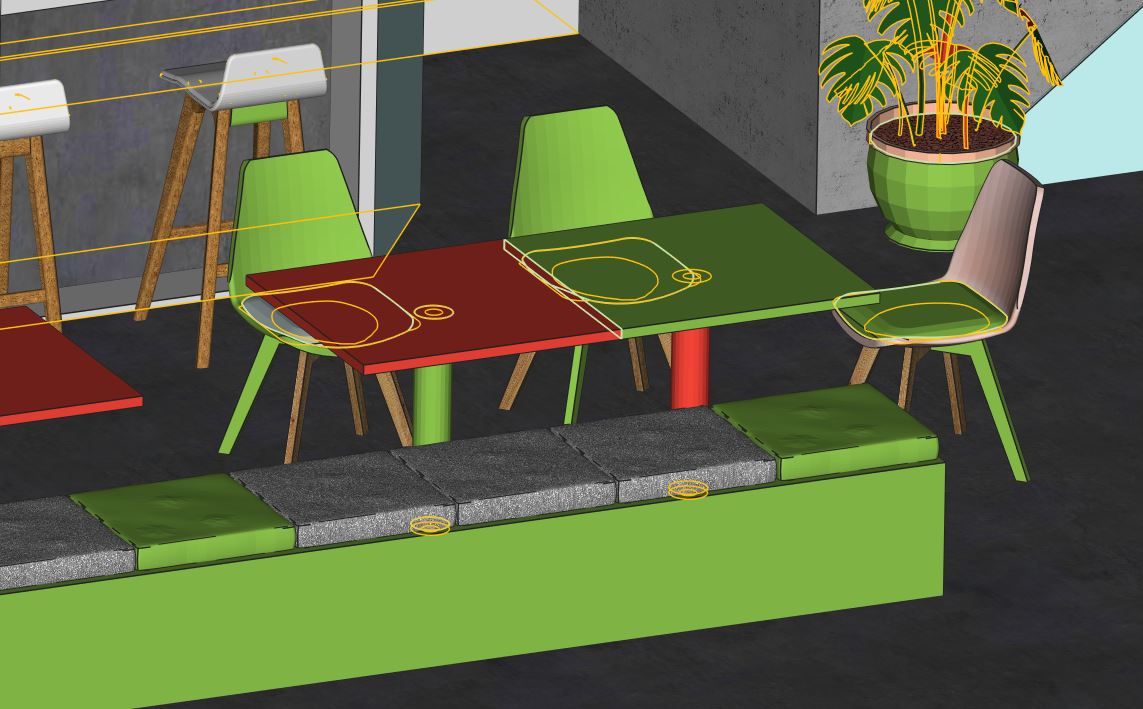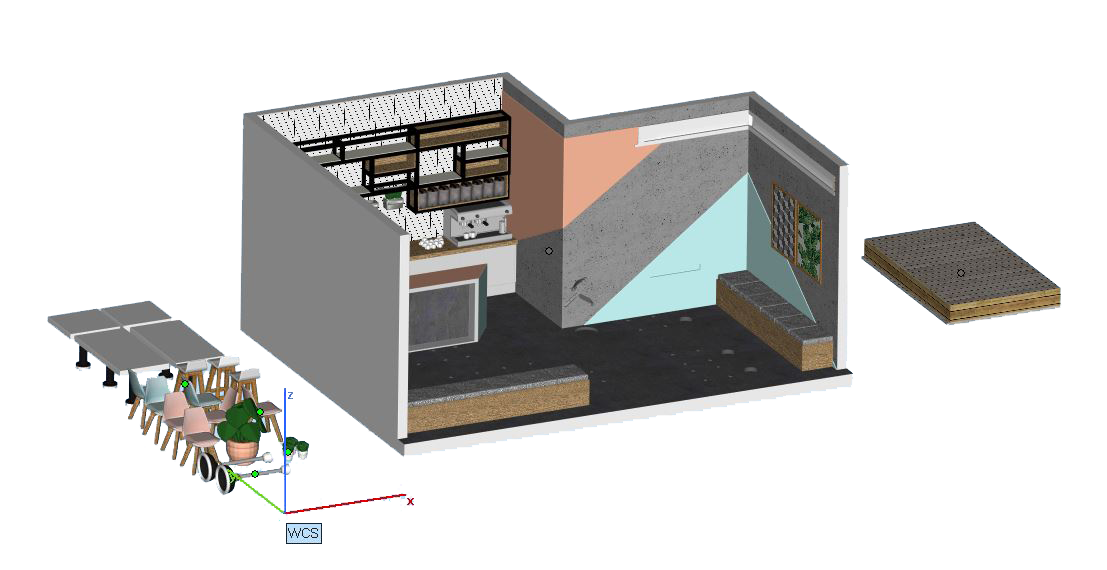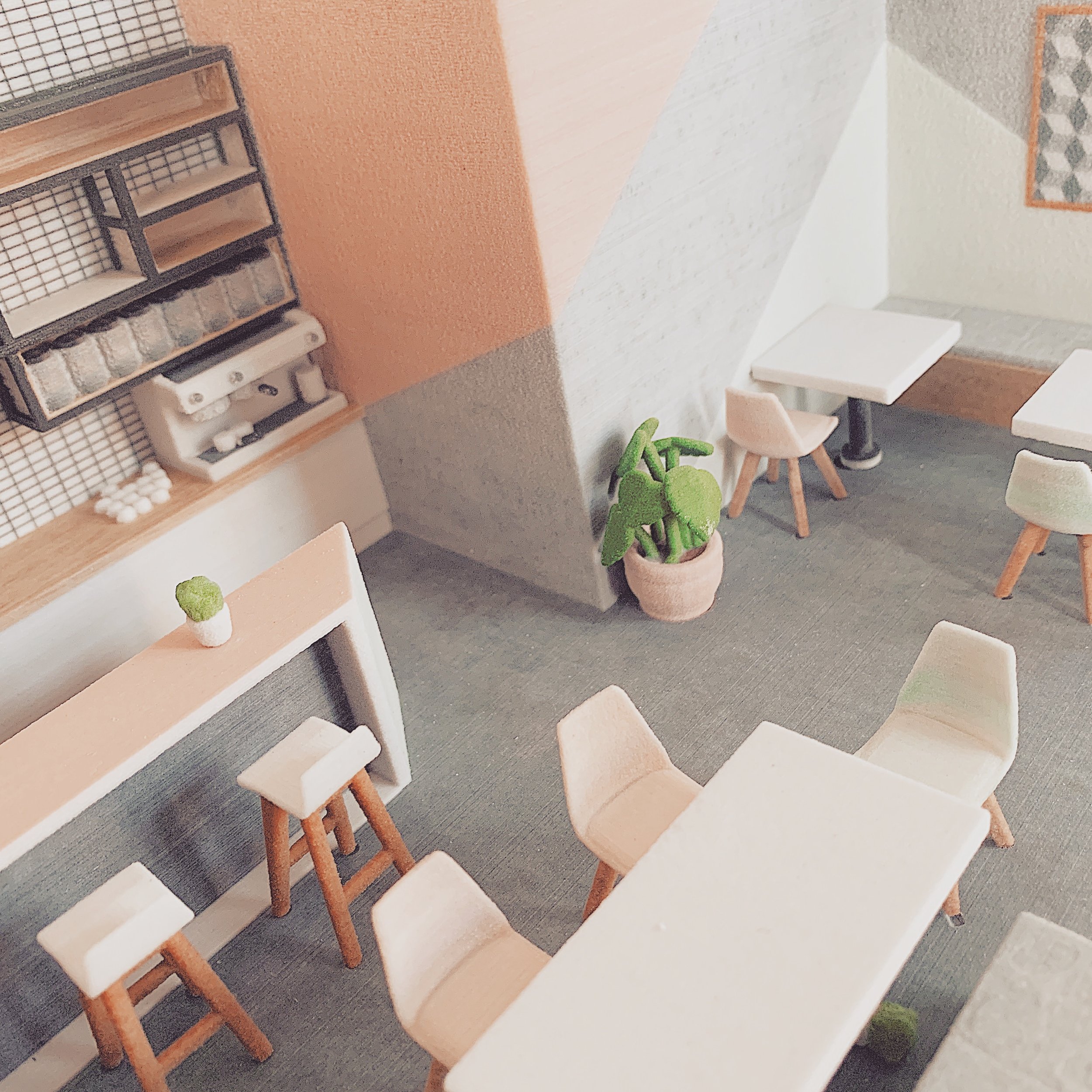How 3D printing can influence
the architectural design process
Issue 309, February 2020, P. 102-103
Architecture Ireland Article - link
Many architects will have a complicated relationship with making models. Fond memories of simpler times quickly give way to what were actually coffee-fuelled, red-eyed, all-night marathons where fingers could be both glued together and covered in scalpel cuts in equal measure.
However, the relationship between the act of physically making and the design process formed a key part of our education in helping us to understand space and scale. Dr Simona Valeriani, who is leading an international research network on ‘Architectural Models in context: creativity, skill and spectacle’, highlights the critical relevance of models to the design process as ‘tools for thought and communication’. She says that they help us ‘to make invisible design processes visible’ and to document ‘moments of communication that are otherwise ephemeral’. According to Dr Valeriani, unlike any other media, models ‘directly convey the embodied 3D qualities of a building and have, since the Renaissance, been seen as the most comprehensible form of architectural representation’.
However, this pivotal role in the design process hasn’t prevented many of us laying down our scalpels and repurposing our cutting mats as mouse pads in recent years. This has been less a defiant downing of tools but rather a laying down of arms – a surrender representative of the wider shift from physical, hands-on skills to digital competencies. Emerging graduates and young architects are no longer tasked with making concept and competition models. Their literacy in quick and accurate computer modelling, along with creating effective visuals, allows for the leapfrogging of a traditional pillar of the architectural design process.




